Prince of Wales (left, front) and HMS Repulse (left, behind) under Japanese air attack on 10 December 1941. A destroyer, either HMS Electra or Express, is maneuvering in the foreground.
On the 10 December 1941, “Force Z” consisting of two warships – the Repulse and the Prince of Wales supported by four destroyers but no air support were streaming towards Kuantan to prevent a Japanese landing. As fate would have it, the inappropriately named aircraft carrier the Indomitable (with 45 fighters) which was supposed to be part of the fleet had ran aground off Jamaica on the 3 November and was under repair in the US. The airfield in Kota Bahru had fallen to the Japanese on the 8 December which was attacked 40 minutes earlier than Pearl Harbor and the Philippines – the first major salvo of the Japanese in World War II. The sky in Malaya belonged to the Japanese.
At 1113 hours, waves of Japanese bombers attacked the fleet aiming for the two warships. They scored only one direct hit on the hanger deck of the Repulse causing a small fire. At 1140, the torpedo bombers dived in for the kill. The Prince of Wales took a catastrophic hit on the propeller shaft that effectively crippled it. A total of 86 Japanese aircrafts took part in the attack. The final waves of 26 torpedo bombers scored several major direct hits and the battle was over. The Repulse sank at 1223. And the Prince of Wales followed shortly at 1318. 840 British sailors lost their lives on that fateful day. The Japanese only lost 3 planes.
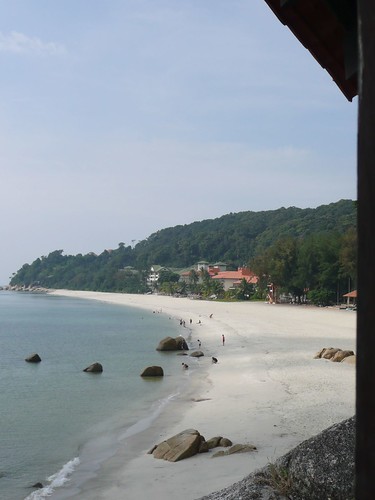
Families and relatives of these gallant sailors who lost their lives in the choppy waters off Teluk Cempedak still make pilgrimage there to remember their dearly departed. Not every one who came to TC went there to enjoy the sun and sea.
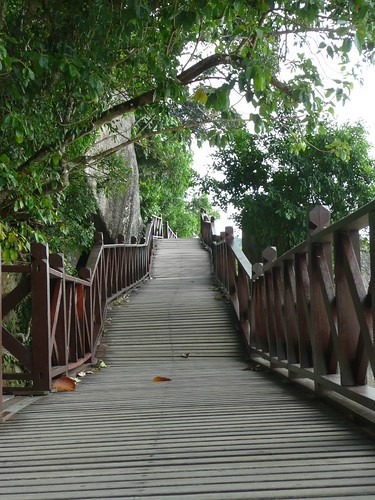
Let us follow this pathway to Teluk Tongkang. Before this was built, it was much more difficult to access this remote beach that is only known to the locals and avid campers. The wooden path snaked about 1 km along the sheer cliffs and large boulders before revealing a secluded bay.
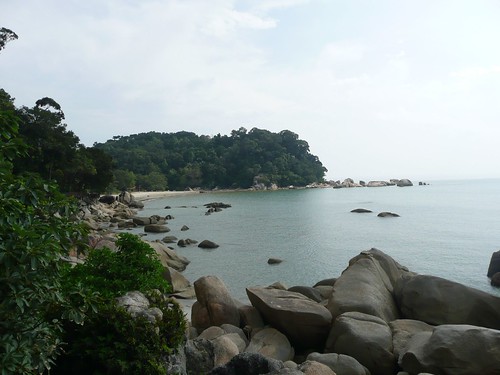
Teluk Tongkang (Barge Bay) was so named because the Japanese landing boats looked liked tongkang to the locals. The secluded but opened space was ideal for the invasion force which from there made their way inland through the jungle and hills.

When the Japanese landed, the locals fled to a hidden coastal beach which they named Tanjung Pelindung or Refuge Cape. I am not exactly sure where the cape is as we did not have the time to even explore Teluk Tongkang. We will leave this for another day.

As we made our way back we were treated to a better view of Teluk Chempedak. I asked why is it named after Chempedak, a close but smaller relative to the jackfruit and reputed to be the next smelliest fruit in Malaysia after the durian. None was able to provide me with an satisfactory answer. I love the Chempedak when it is dipped in a batter and fried - crispy on the outside, juicy and creamy on the inside with an aroma and taste that I had no words for. You have to eat it to know. So the next time you're in Malaysia, remember to try the chempedak and of course the durian too.
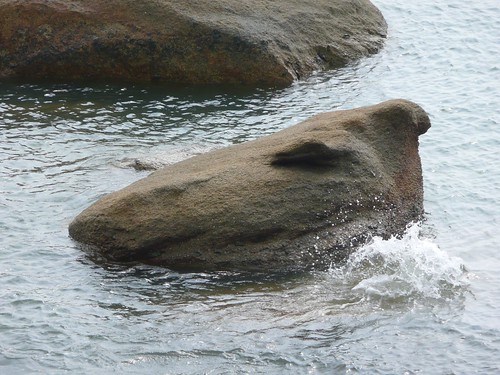
Suddenly, a sea camel reared its head from the waves to look quizzically at us.
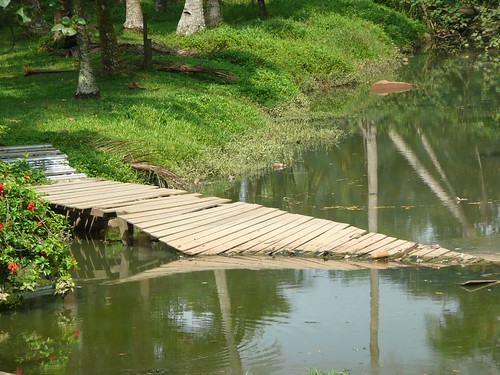
But my last view of TC was still a sad one. How useful this bridge must had been and how many feet must trampled over it to reach the order side. But it now lay broken, blocking the smooth flow of water to the sea. What a sad and ignoble end. Momentarily, it reminded me of all the soldiers (whether local, Allied or Japanese) who fought and died for this beach.
I shook this off for we were on a holiday and left TC and the ghosts behind. Follow us on to the next installment and see what we ate for our “third breakfast”.
 Source: Wikipedia
Source: Wikipedia






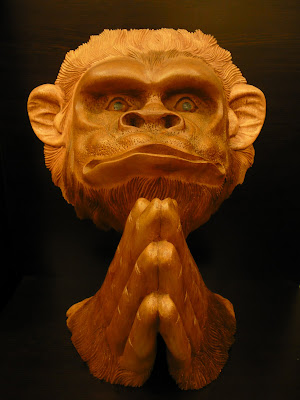
No comments:
Post a Comment